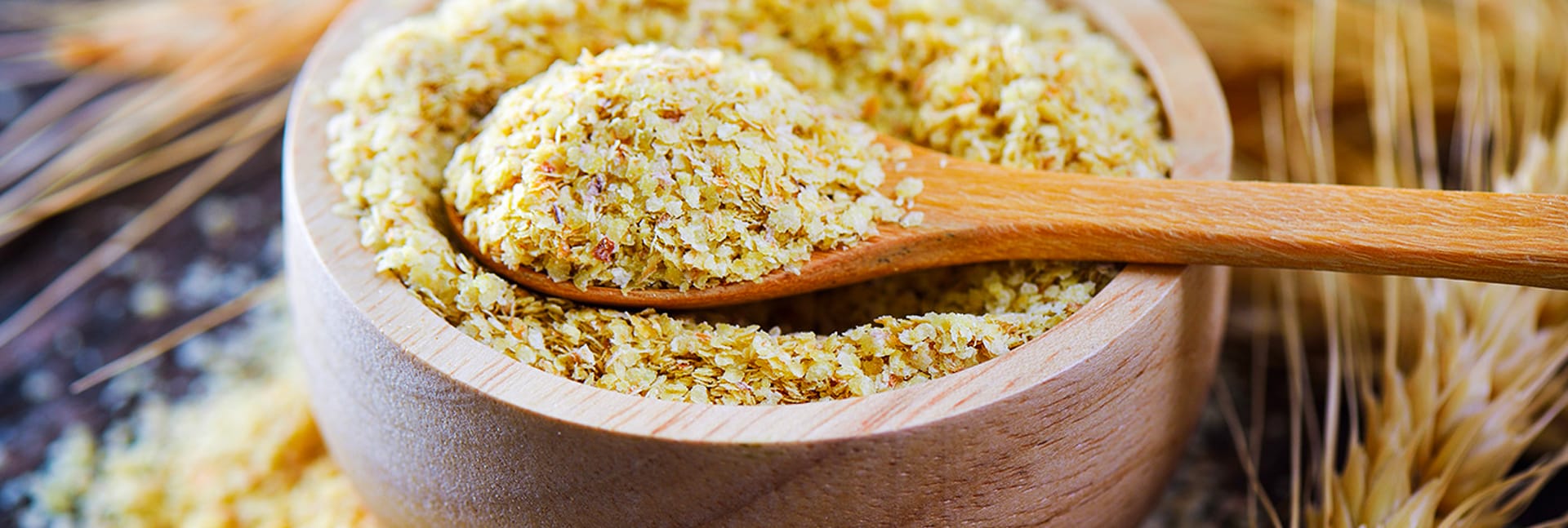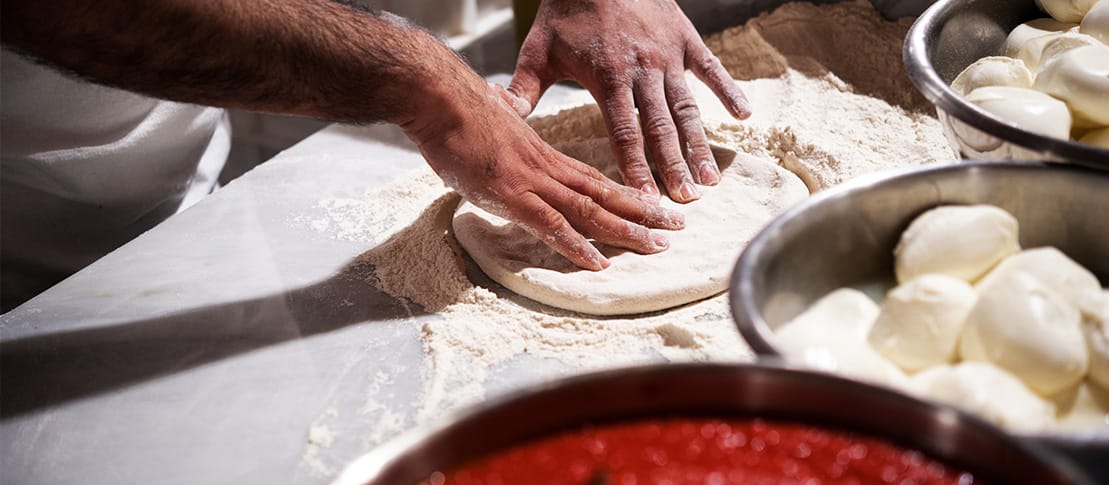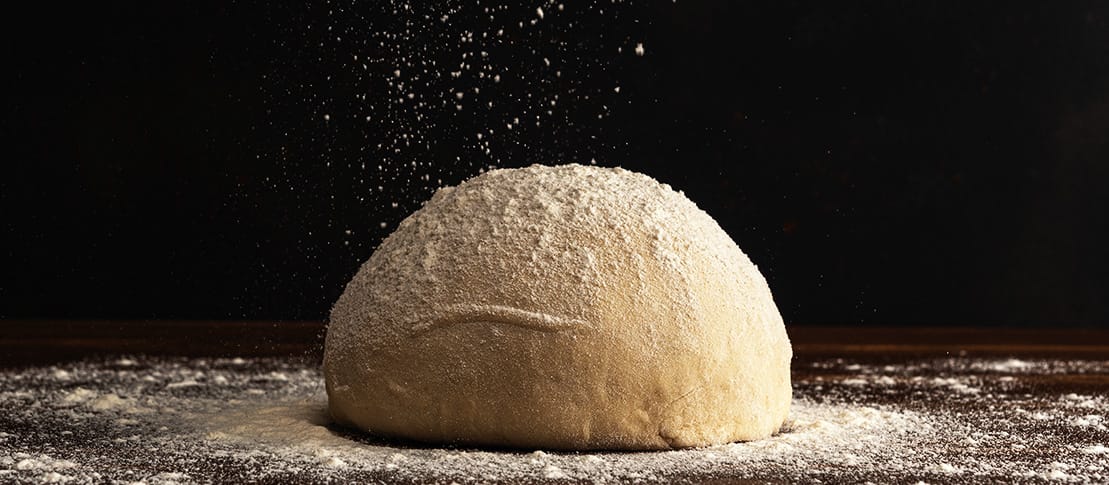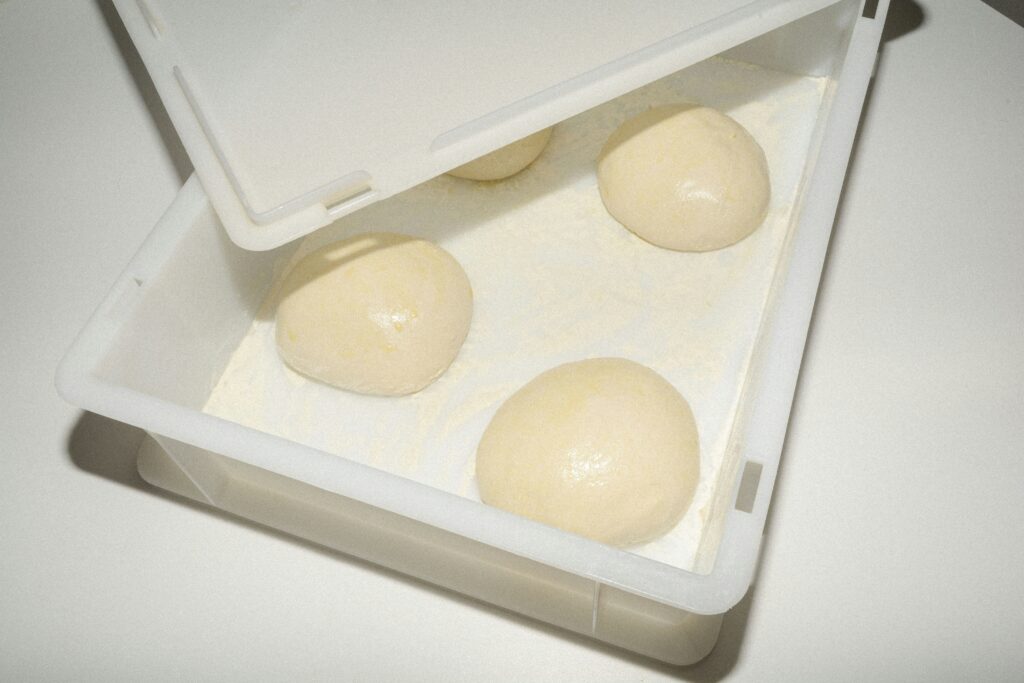
Wheat germ is rich in nutrients and beneficial properties but how much of it should we consume on a daily basis in order to ensure the right nutritional intake?
Wheat caryopsis is the most complete element in nature. It is composed by three parts. First, there is the external shell, which is rich in bran, mineral salts and fibers and represents 14.5% of the grain; it is in turn formed by 7 overlapping layers, very rich in fibers – mainly insoluble – cellulose and lignin. Then, there is the endosperm, which is the most relevant part for quantity, representing about 80% of the grain. It is primarily composed by proteins (most of them are gliadins and glutenins, which form gluten during kneading) and starch, which is made of chains of amylose and amylopectin. The nutritional value of wheat and of the flours obtained from it comes precisely from the high content in starch and the low content in fats, which make this cereal an excellent energy food.
The lipid content of the endosperm is 1-1, 5% of the total content of the wheat grain. There are also tocopherols (vitamin E) and carotenoids, known for their antioxidant action, and albumins and globulins in very small quantities. Finally, the third element of the grain is the wheat germ, which is the most important part because a new seedling will originate from it. Rich in beneficial properties for our body, it is the smallest part of the caryopsis and represents 2-3% of the total.
The nutritional value of wheat germ is very high. It contains amino acids, mineral salts such as phosphor, calcium, zinc, potassium and iron, polyunsaturated fatty acids, which are useful to protect and strengthen the structure of the cell, and finally B and E vitamins, powerful natural antioxidants.
The quantity of the germ inside the grain is about 2% of the total and during cylinder milling process normally 0.2% / 0.3% of it is extracted.
According to this consideration, we can admit that the quantity of germ to be consumed for a qualifying nutritional intake is much higher than the one contained in 100g of bread made with flour containing germ or in a pizza, whose dough is about 200/300g per person.

From a nutritional point of view, surely the intake of germ can have some benefits if combined with a varied and complete nutritional style, where attention is paid to the benefits of all products, not only of some of them.
From the point of view of the product, instead, we can say that bread and pizza made with flour containing wheat germ can be tastier and more fragrant, with an unmistakable aroma and a more homogeneous browning due to the improvement of Maillard reaction. Moreover, germ gives particular and perceivable flavors and fragrances.

In cylinder milling, the wheat grain undergoes grinding and then sifting of its parts through plansifters. This process allows the separation of the three caryopsis macro-elements, i.e. bran, endosperm and germ. Milling is done in two phases. First, the grain is broken through ribbed cylinders, which rotate in opposite directions and at differential speed in order to open the caryopsis and facilitate the detachment of the endosperm from the external part; then grains are re-grinded and the residual particles are reduced into flour by passing through smooth cylinders and subsequent siftings.
At the end of the process flour, wheat germ and bran are obtained separately. In cylinder milling, normally it is possible to extract 0.2/0.3% of the wheat germ contained in the grain. This means that the remaining part can be found in the flour or in the other milling by-products, such as bran and middlings. Generally, for healthiness and product preservation purposes, the germ is toasted and added to the flour.
In fact, progressively flaking during cylinder milling, the germ has larger surface areas exposed to the air and the possibility of rancidity becomes greater than in other types of milling. Toasting allows to obtain a durable product, which does not go rancid (from coffee, to hazelnuts and cereals, any product when toasted keeps organoleptic properties and taste longer than fresh product, which faces a natural deterioration and tends to go rancid because of humidity).
In stone milling, the grain is crushed and broken by the movement of the horizontal stone; so, being not flaked, it has less surface area exposed to air. This process allows keeping the germ in the flour without the need to toast it.
Wheat germ that is not used in the production of flour has many other applications. It is used in the cosmetic industry for the production of moisturizing and emollient creams, in wheat germ oil, as a supplement and in animal nutrition. It is also commonly sold in packages, such as yellow flakes which can be consumed naturally or added in domestic preparations. The use of this precious element has no drawbacks, except for those who suffer from gluten intolerance.



